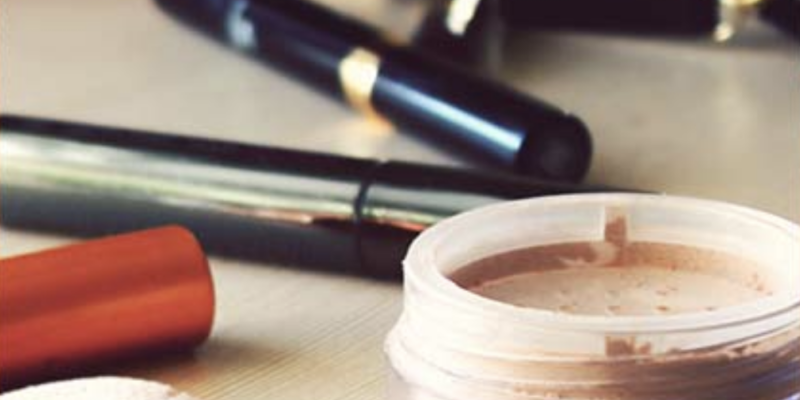Key Points/Overview
Parabens are derived from para-hydroxybenzoic acid (PHBA) that occurs naturally in many fruits and vegetables, such as cucumbers, cherries, carrots, blueberries and onions.
Parabens used in cosmetics are identical to those found in nature, and the human body quickly changes them into natural PHBA and eliminates them.
Parabens have been safely used for almost 100 years as preservatives in the food, drug and personal care and cosmetic industries. Several commonly used parabens have been designated as “Generally Recognized as Safe (GRAS)” for such uses by the FDA since the early 1970s.
Uses & Benefits

Parabens are derived from para-hydroxybenzoic acid (PHBA) that occurs naturally in many fruits and vegetables, such as cucumbers, cherries, carrots, blueberries and onions. PHBA also is naturally formed in the human body by the breakdown of some amino acids. Parabens used in cosmetics are identical to those found in nature, and the human body quickly changes them into natural PHBA and eliminates them.

Parabens (including methylparaben, ethylparaben, propylparaben, butylparaben, isopropylparaben, and isobutylparaben) may be used in products such as makeup, moisturizers, and hair care and shaving products. Contrary to some reports, most major brands of deodorants and antiperspirants no longer contain parabens.
- Preservatives like parabens may be used in cosmetics to protect against microbial (e.g., bacteria, fungus) growth, both to protect consumers and to maintain product integrity.
- In the food industry, parabens have been used for more than 50 years as preservatives and anti-microbial agents. Some fruits, such as blueberries, contain parabens as a naturally occurring preservative. Parabens are widely used in confectioneries, cereal-based snacks, dried meats, and much more.

Safety Information
Parabens have been safely used for almost 100 years as preservatives in the food, drug and personal care and cosmetic industries.
A number of commonly used parabens have had the U.S. Food and Drug Administration’s (FDA) Generally Recognized as Safe (GRAS) classification since the early 1970s. The GRAS designation means the substance is generally recognized, among qualified experts, as having been adequately shown to be safe under the conditions of its intended use. Other examples of compounds that are considered GRAS include vitamin A, wheat starch and sugar.
FDA also participates on the Cosmetic Ingredient Review (CIR), an independent panel of medical and scientific experts that meets quarterly to assess the safety of cosmetic ingredients based on data in the published literature, as well as data voluntarily provided by the cosmetics industry. FDA takes the results of CIR reviews into consideration when conducting a safety assessment.
- In 1984, CIR reviewed the safety of parabens used in cosmetics and concluded that they were safe, even in extremely large doses. Typically parabens are used at levels ranging from 0.01 to 0.3 percent, and the CIR concluded they were safe for use in cosmetics at levels up to 25 percent.
- In 2012, the CIR reopened its safety report on parabens to consider all new data. As it did in 1984, the expert panel reaffirmed the safety of cosmetic products in which parabens preservatives are used.


